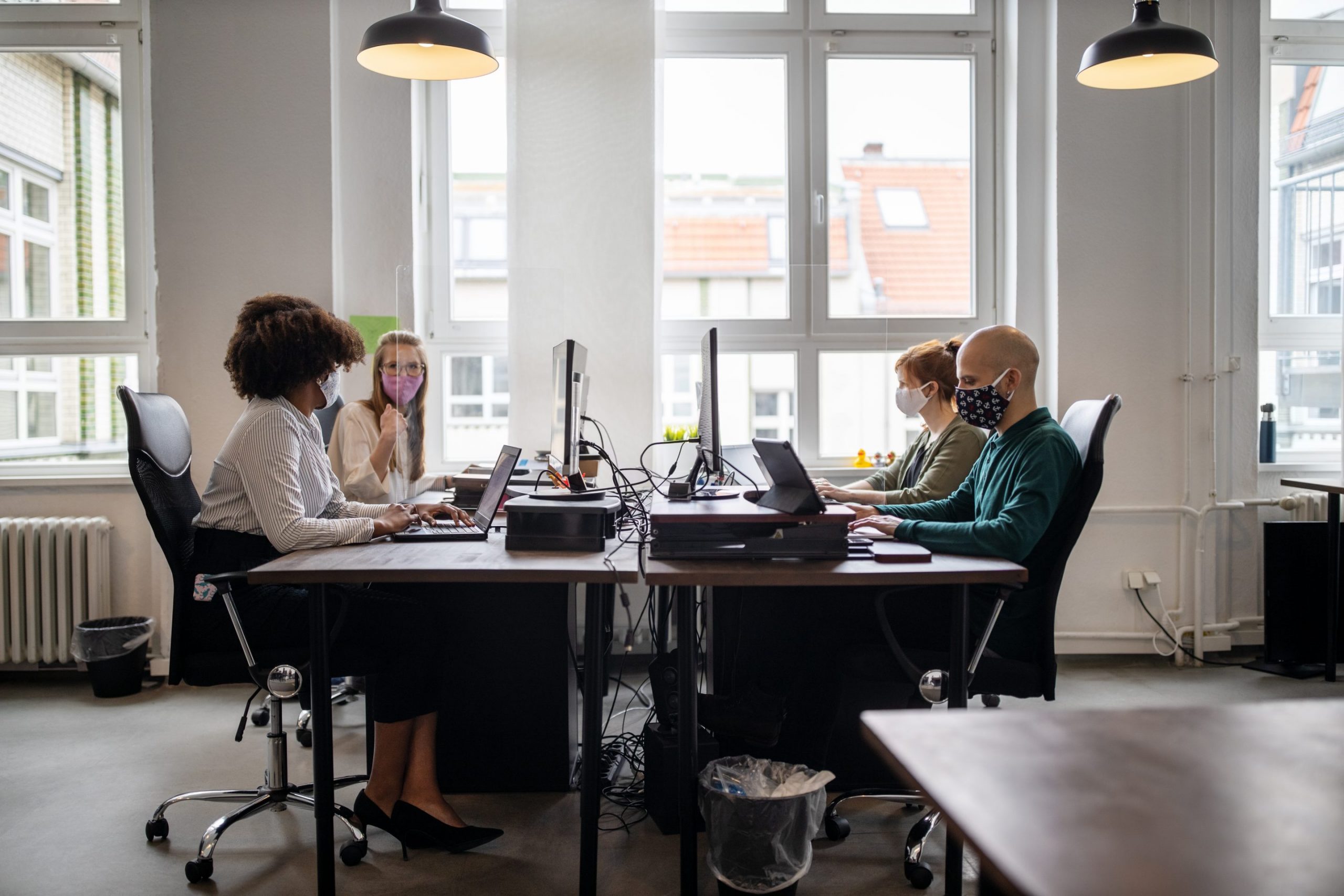Several University of Washington schools and workplaces will research how organizational practices can affect the interagency collaboration had to preserve the “net of factors” — and institutional structures — safe and relaxed.
Cooperating inside the paintings, funded using the National Science Foundation, maybe the UW College of Built Environments, College of Arts & Sciences, and Jackson School of International Studies in addition to UW Facilities and UW Information Technology.
Devices related to the internet of things, now becoming wellknown components in new buildings, can increase electricity performance even by lowering fees. But such relatively related sensors can also convey ability safety vulnerabilities.

And although technical answers to such protection issues exist, implementing them may be impeded by variations in communication and work cultures between employees in information technology and operations and maintenance. These demanding situations, collectively with coverage surrounding that not often regulates net of factors gadgets, can grow risks and depart homes liable to attack.
The NSF in August awarded a provide of $721,104 over three years to the Communication, Technology and Organizational Practices lab inside the College of Built Environment’s Construction Management Department to examine how organizational rules and processes can help — or avoid — the wished collaboration between facts technology and operations and preservation specialists. The lab is housed inside the department’s Center for Education and Research in Construction.
Several UW faculty, group of workers, and directors are concerned in the studies. Co-major investigators are Laura Osburn, a research scientist inside the Center for Education and Research in Construction; and Carrie Dossick, professor of creative control.
Jessica Beyer, lecturer, research scientist, and co-director of the Jackson School’s Cybersecurity Initiative, also is an investigator, as is Chuck Benson, director of the UW’s new risk mitigation method application for the internet of things.
The three-year project will use the investigators’ know-how in communication, collaboration, cybersecurity policy, and internet of things practices to look at crucial areas:
How operations and maintenance and statistics era organizations presently proportion their information and skills to improve protection for the internet of factors; and
How public policies and an enterprise’s personal guidelines on privacy and protection impact how records technology and operations and protection teams collaborate
The group will include paintings on those problems via ethnographic studies of college cybersecurity efforts, interviews with statistics technology and operations and renovation experts, and case research of cybersecurity efforts in the constructed environments of higher training.
A graduate research assistant and undergraduate students from the Jackson School’s Cybersecurity Initiative also can be involved inside the work.
The aim is to better recognize how factors of organization, exercise, and coverage interact and affect collaboration in retaining the internet of factors safe and comfy — and provide clear examples of how such elements would possibly help or preclude the necessary collaboration enforce clever building technology.
The interdisciplinary nature of the task is a critical part of the technique, Osburn stated.
“What’s maximum critical approximately this task is finding methods to help technology professionals from exceptional departments and distinct disciplines work and speak higher together so we can keep our buildings secure and make certain that the information that net of factors gadgets are gathering live comfortable.”
